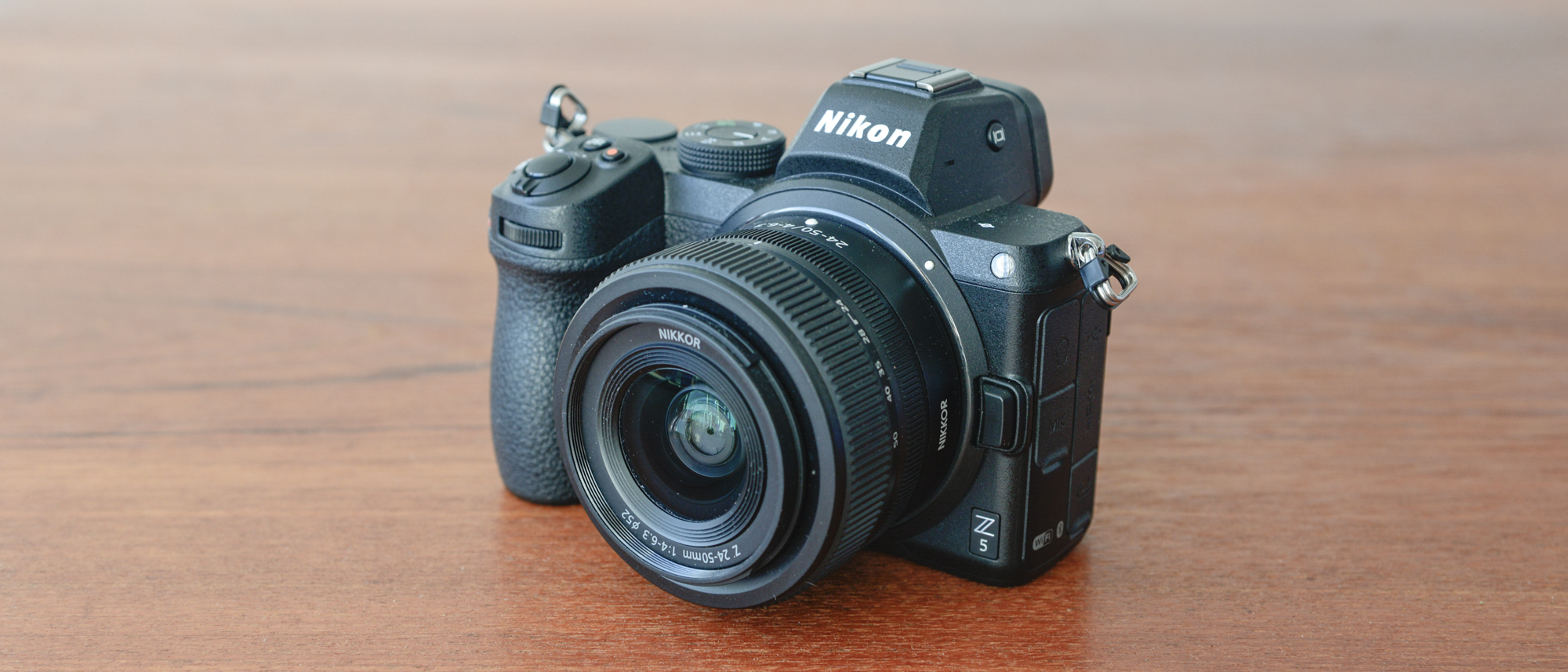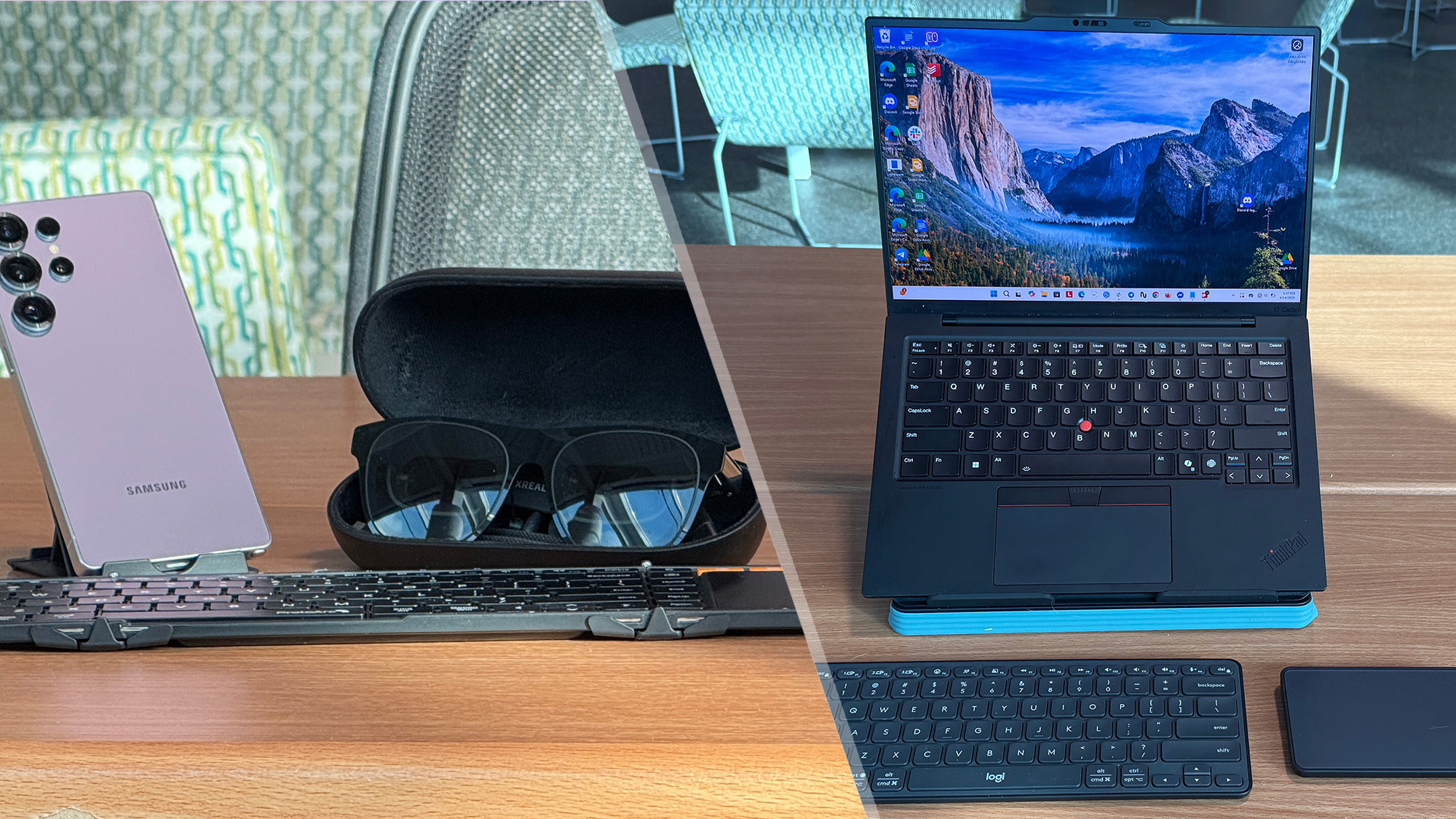Laptop Mag Verdict
Whether you are looking to step up your photography to a professional level or just seeking a high-quality daily-use camera, the Z5 will get you going without costing a fortune.
Pros
- +
Can be easily used one-handed
- +
Compact form factor
- +
Dual slot SD
- +
Competitively priced
Cons
- -
Must use adapter for old lenses
- -
Crop on 4K video footage
- -
LCD is only partially articulating
Why you can trust Laptop Mag
Image Sensor: 24.3MP FX-Format CMOS
Storage Media: Dual slot SD/SDHC/SDXC (UHS-II)
Image Stabilization: Sensor-Shift, 5-Axis
Display: 3.2-inch tilting touchscreen LCD
Native ISO: 100 to 51200
Max video resolution: UHD 4K (3840 x 2160) at 23.976p/25p/29.97p (with 1.7x crop), Full HD (1920 x 1080) at 23.976p/25p/29.97p/50p/59.94p (no crop)
Shooting Speed: Up to 4.5 fps at 24.3 MP
Connectivity: 3.5mm Headphone, 3.5mm Microphone, HDMI C (Mini), USB Type-C (USB 3.1), Bluetooth, Wi-Fi
Battery life (CIPA): Approx. 470 shots
Size (body): 5.28 x 3.96 x 2.74" / 134 x 100.5 x 69.5 mm
Weight: 1.3 lb / 590 g (body only)
I must begin by coming clean: I have a soft spot for Nikon cameras. My first SLR was a Nikon FM2, released in 1982, and over the years I collected a set of prime lenses that still work on modern Nikon DSLRs. When I was starting, having the ability to use vintage 40-year-old primes as I upgraded my digital photo rig was one of the big selling points for Nikon over other brands. Since Nikon stayed true to its F-mount lens design for decades, almost all Nikon lenses still work natively on systems released since the 60s. That is, up until the release of the mirrorless Z series.
The new Nikon Z-series cameras use a Z-mount design for mounting lenses. The Z-mount employs four latches in the lock mechanism instead of the three found on the ubiquitous F-mount. Switching to the Z-series cameras and therefore an entirely new set of lenses is a big ask. An answer to this problem is the FTZ adapter, which facilitates the use of F-mount lenses on the Z system. It works well but the adapter is priced at $250… which is what I paid for my first 50mm prime lens years ago.
- Best photo editing software
- Full 4K and 6K video from Blackmagic that won’t break your bank
So what is the difference between a mirrorless camera and a DSLR? In practical terms, it boils down to the viewfinder. A DSLR uses a mirror to reflect the image into the viewfinder allowing the photographer to directly view the light that enters the lens. The Z5 is a mirrorless camera that presents the information generated by the image sensor in real-time on a miniature screen in the electronic viewfinder (EVF).
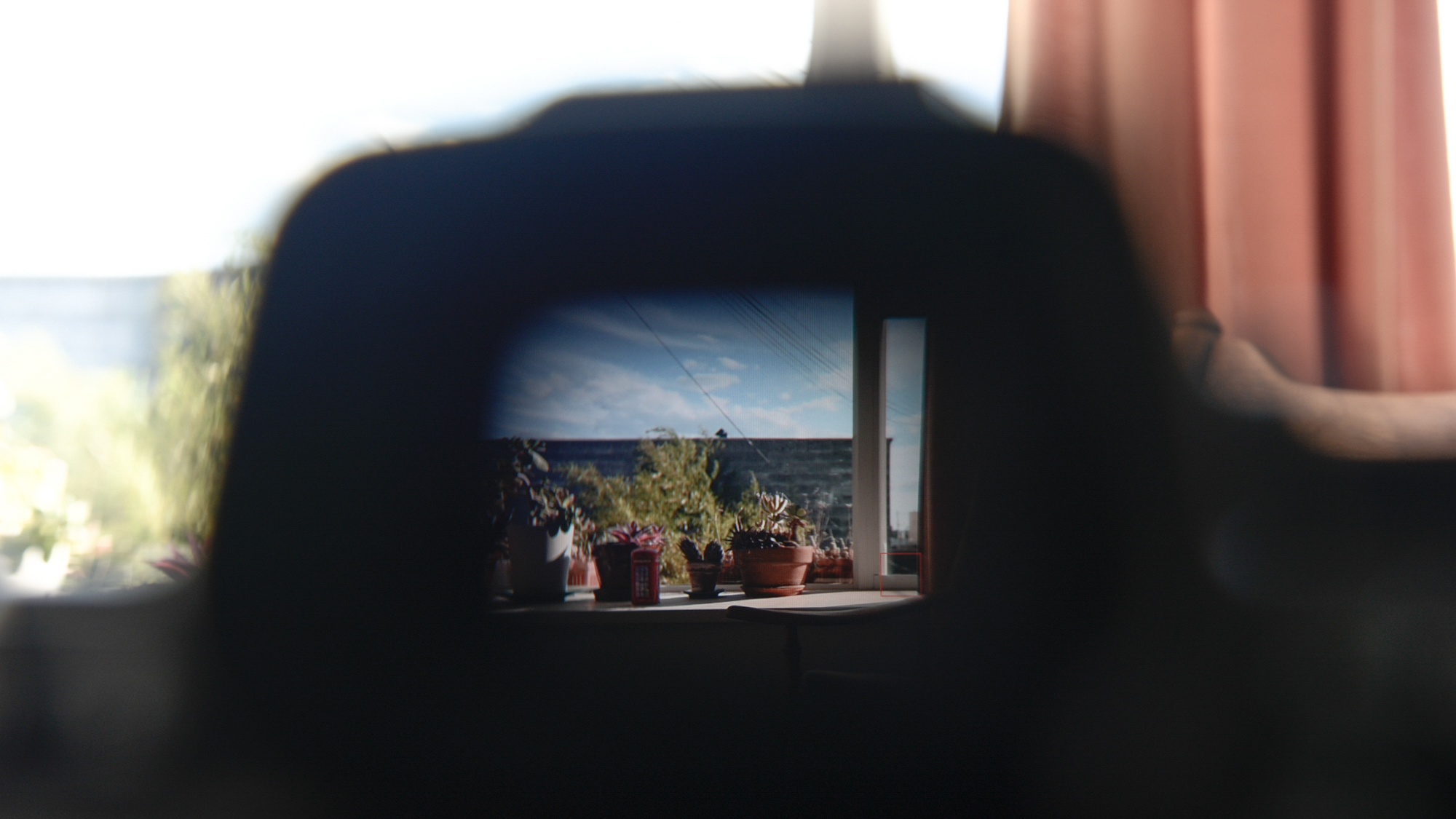
I played with the Z5 for a few weeks to see if mirrorless cameras are the future of photography. I was also curious to see whether Nikon could convince me to retire my vintage AI primes and modern AF-S zoom lenses, or spend the extra on an FTZ adapter. Here’s what I learned.
Nikon Z5 price and availability
When the Z5 launched in October of 2020, it was Nikon’s third full-frame Z series camera. Nikon made certain compromises with this iteration to keep the price down and, therefore, sit alongside competitors like the Canon EOS RP and the Sony A7C. Within the Nikon Z series, the Z5 is typically around $400 cheaper than the Z6, the next model up.
| Model | Sensor | Processor | Autofocus | Storage | Video recording |
| Z5 | 24.3MP FX-Format CMOS | EXPEED 6 Image Processor | 273-point phase-detect | Dual SD card slots | 4K UHD/30p (cropped), 1080/60p |
| Z6 | 24.5MP FX-Format BSI CMOS | EXPEED 6 Image Processor | 273-point phase-detect | CFexpress/XGD card slot | 4K UHD/30, 1080/120p |
| Z6II | 24.5MP FX-Format BSI CMOS | Dual EXPEED 6 Image Processors | 273-point phase-detect | CFexpress/XGD and SD card slots | 4K UHD/30, 1080/120p |
| Z7 | 45.7MP FX-Format BSI CMOS | EXPEED 6 Image Processor | 493-point phase-detect | CFexpress/XGD card slot | 4K UHD/30, 1080/120p |
| Z7II | 45.7MP FX-Format BSI CMOS | Dual EXPEED 6 Image Processors | 493-point phase-detect | CFexpress/XGD and SD card slots | 4K UHD/60, 1080/120p |
It’s worth mentioning that, at the time of writing, the Nikon Z9 is being billed as an 8K full-frame DSLR killer with a new image-processing engine, and is due for release in 2021.
Nikon Z5 design
Many, including Nikon, describe the Z5 as an entry-level full-frame camera. I would agree except placing the Z5 in this category feels like selling the camera short. It covers all the bases for someone looking to begin at a professional level, but I wouldn’t call it an all-rounder, either. Nikon’s compromises on this model appear as mostly subtle differences that are unique to this model when compared to its more well-endowed siblings the Z6, and Z7.
The Z5 is equipped with a 5-axis stabilized 24.3MP CMOS sensor, a 273-point autofocus system and dual UHS-II SD cards. I prefer SD cards when I’m shooting because I find them quick to handle, but then my mother always said I had the fingers of a doctor or a musician. If compact flashcards are your thing, or you need super-fast transfer speeds, I would suggest checking out the Z6 and Z7, which have dual SD card and CFexpress/QXD card slots.
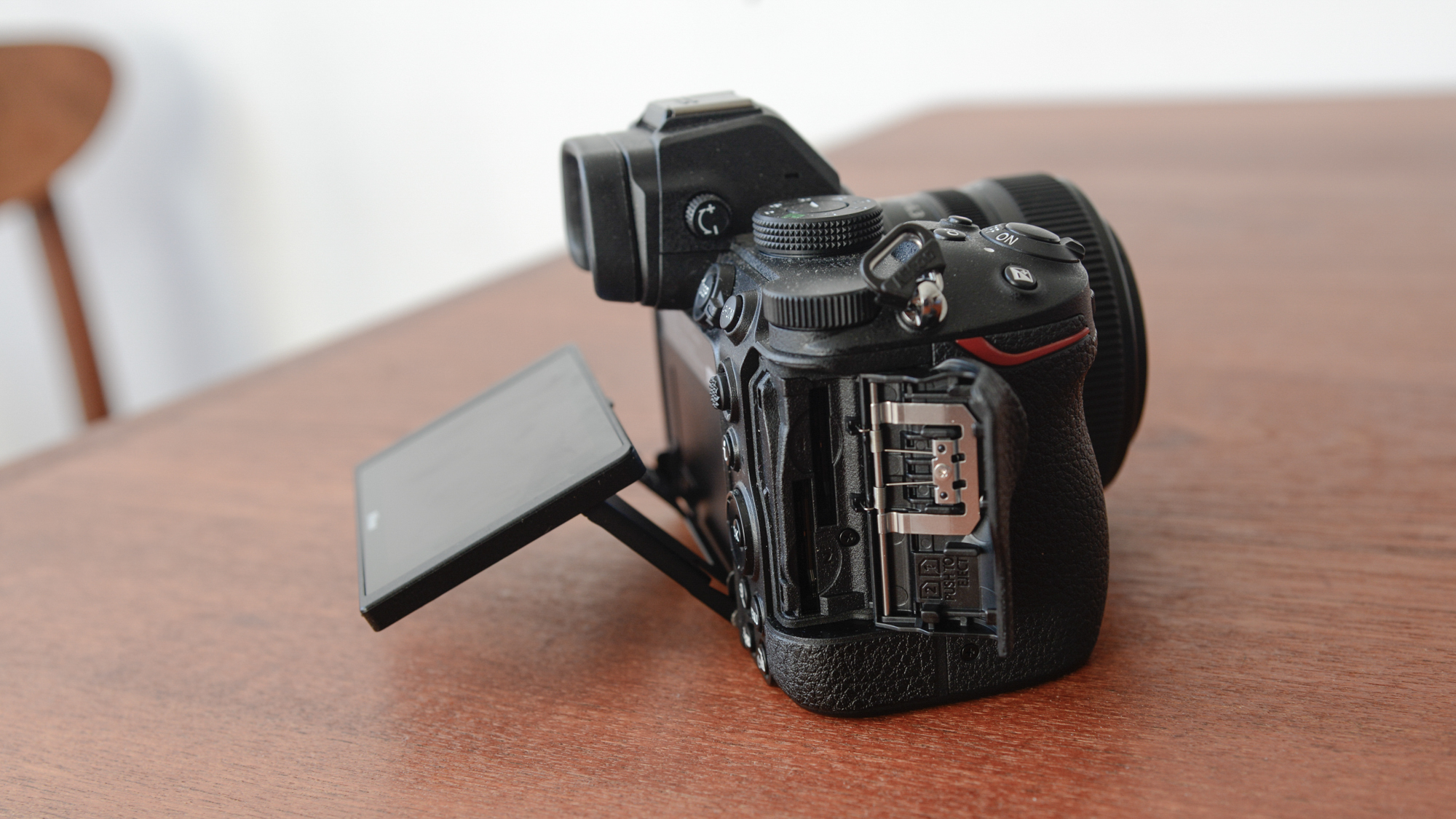
The ergonomics of the Z5’s design impressed me the more I used the camera, especially in relation to my thumb; though less so for my little finger. Once I had mastered the deft motion of opening the card slot door with one thumb swipe, I realized Nikon had used the same gesture with the layout of the two SD cards in that one thumb-press can control the ejection of both or either. Better yet, this is all whilst using the camera one-handed (right-handed), something the layout on the Z5 allows for.
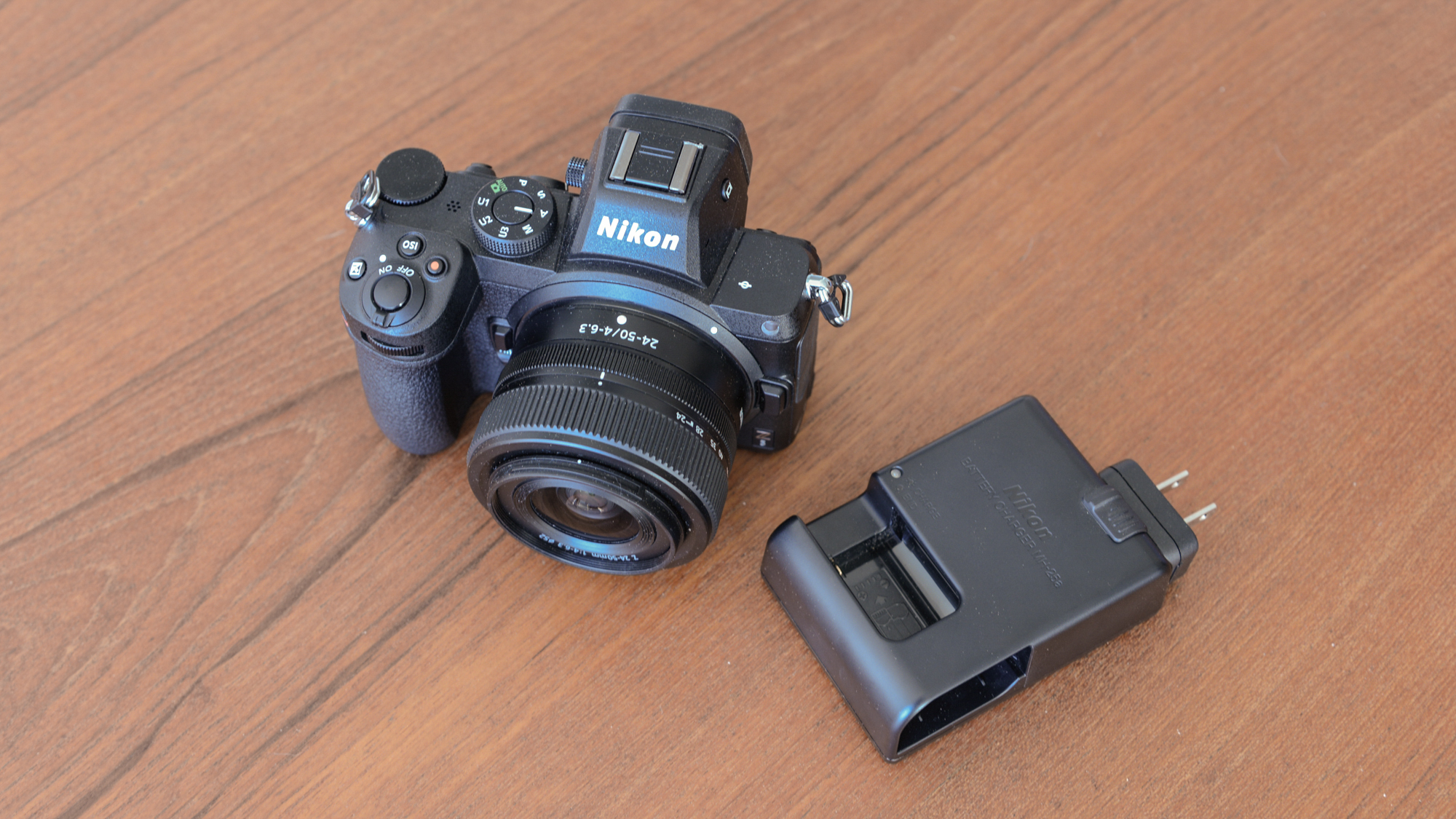
For example, unlike on the Z6 and Z7, there is no top display on the Z5. I use this a lot on my DSLR when checking settings on the go, but in its place, Nikon moved the function dial to the right-side on the Z5, relying solely on the LCD screen for information readouts. Once I got used to this I found myself switching between manual, aperture and shutter priority settings without looking and one-handed. All these little details meant that I kept my eye on the situation and less on the device.
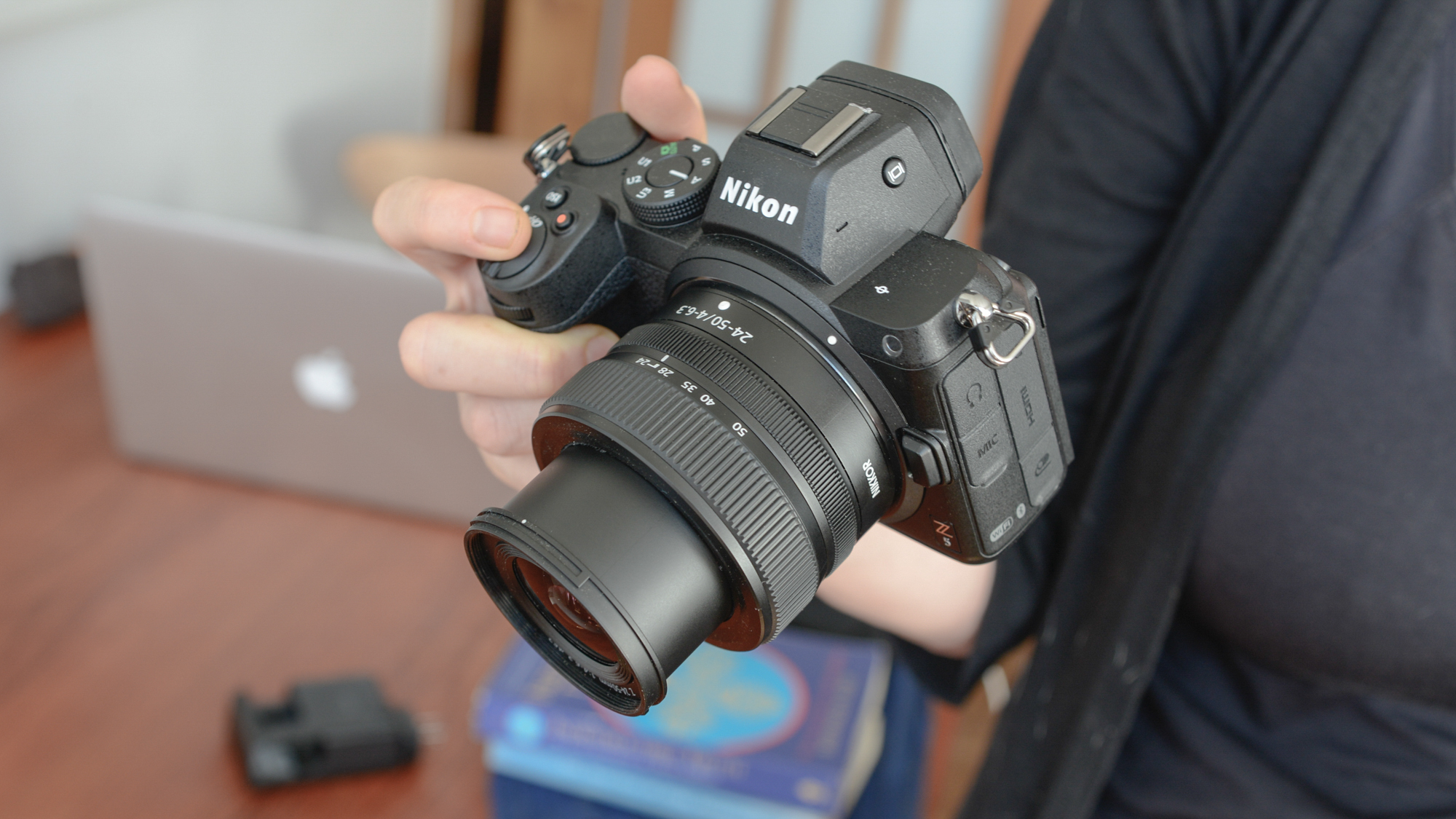
The Z5 chassis is a weather-sealed magnesium alloy body with the build quality that you would expect from Nikon. One-handed, the grip was comfortable and I felt confident using it without a strap. Occasionally, though, I found myself wishing my hands were a little smaller as my little finger curled up into uncomfortable positions on the underside of the body. My girlfriend’s slender hand appeared to fit the grip more snugly.
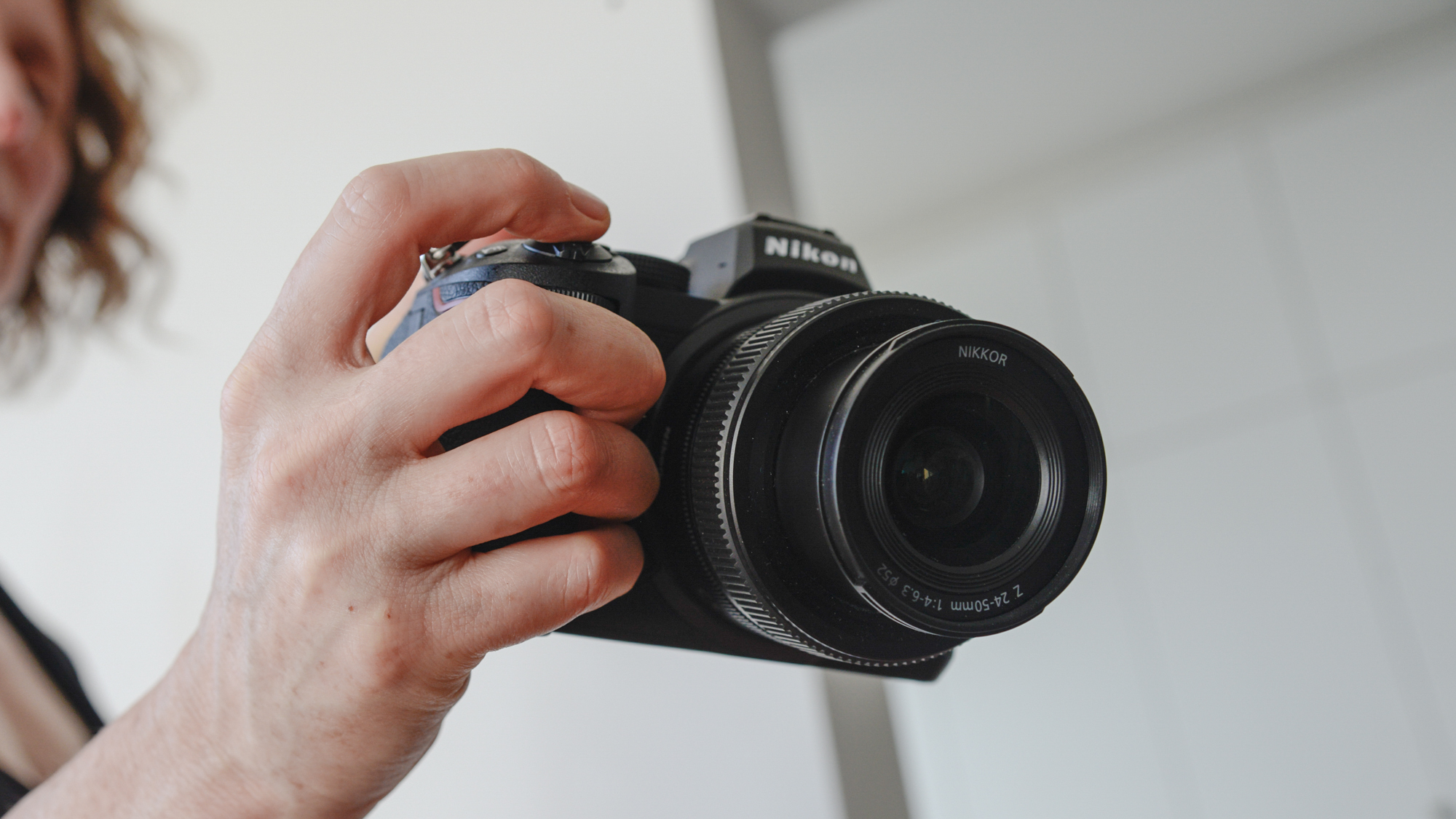
For the period I was testing the Z5, I used the 24-50mm f/4-6.3 kit lens ($1300), which didn’t lend itself toward low-light shots but was very serviceable for daytime documentary and portraits.
Nikon Z5 controls
The layout of controls on the Z5 means that there are only three buttons available to your left hand: the EVF mode switcher, the playback button, and the trash button. This means your left hand can be dedicated to the operation of the lens. On the right hand, you have three clusters of controls on the front, top and back.
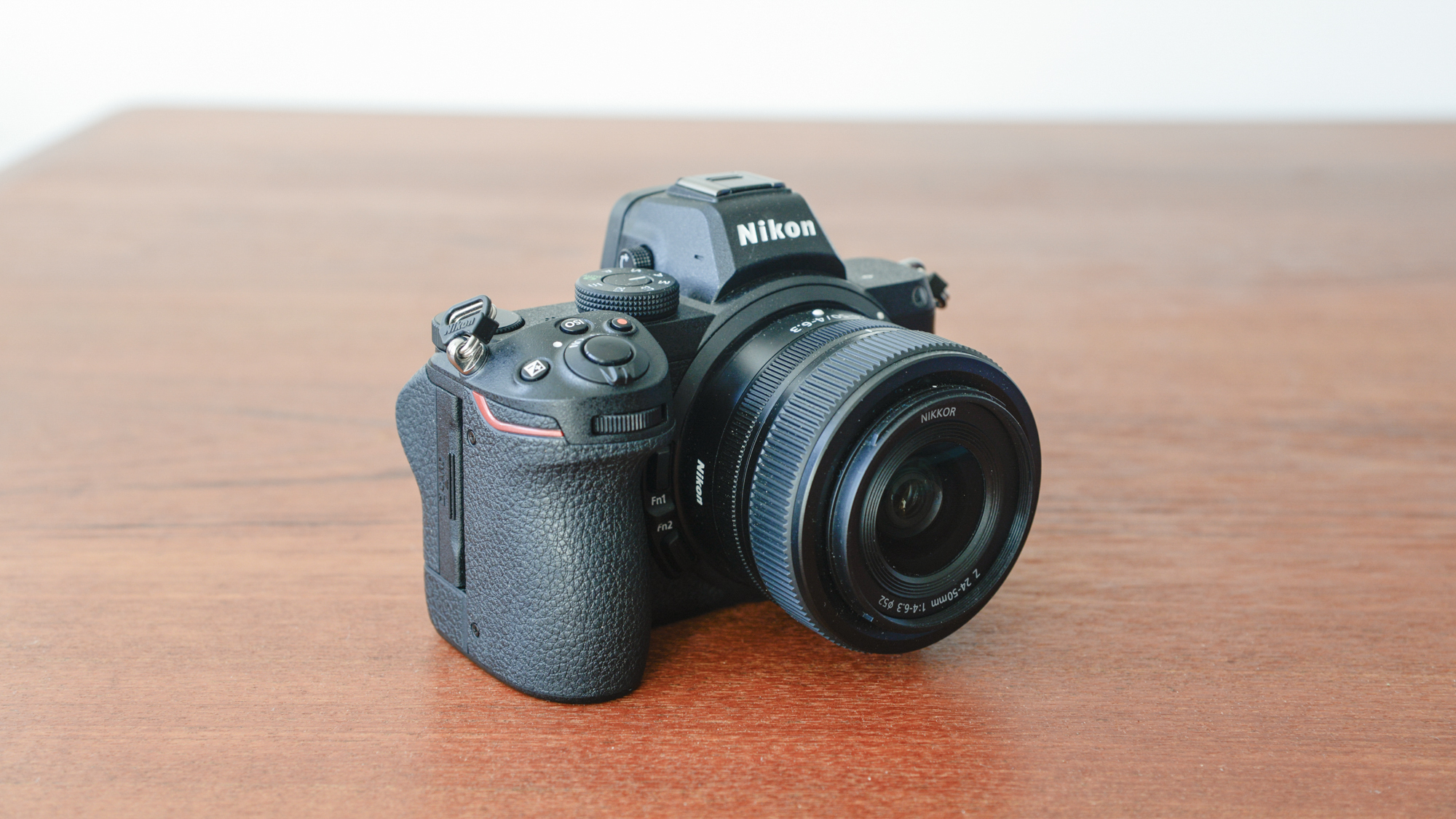
On the front are two programmable function (Fn) buttons. In actuality, the camera has nine buttons that can be user-assigned, making it very customizable for different methods. I found it useful to use the Fn1 and Fn2 buttons on the front to access focus/exposure and autofocus settings quickly. This way, the Z5 accommodates different shooting styles with ease, from a snapshot approach using face detection and eye-tracking (which works even on animals) to a precise single-point autofocus approach.
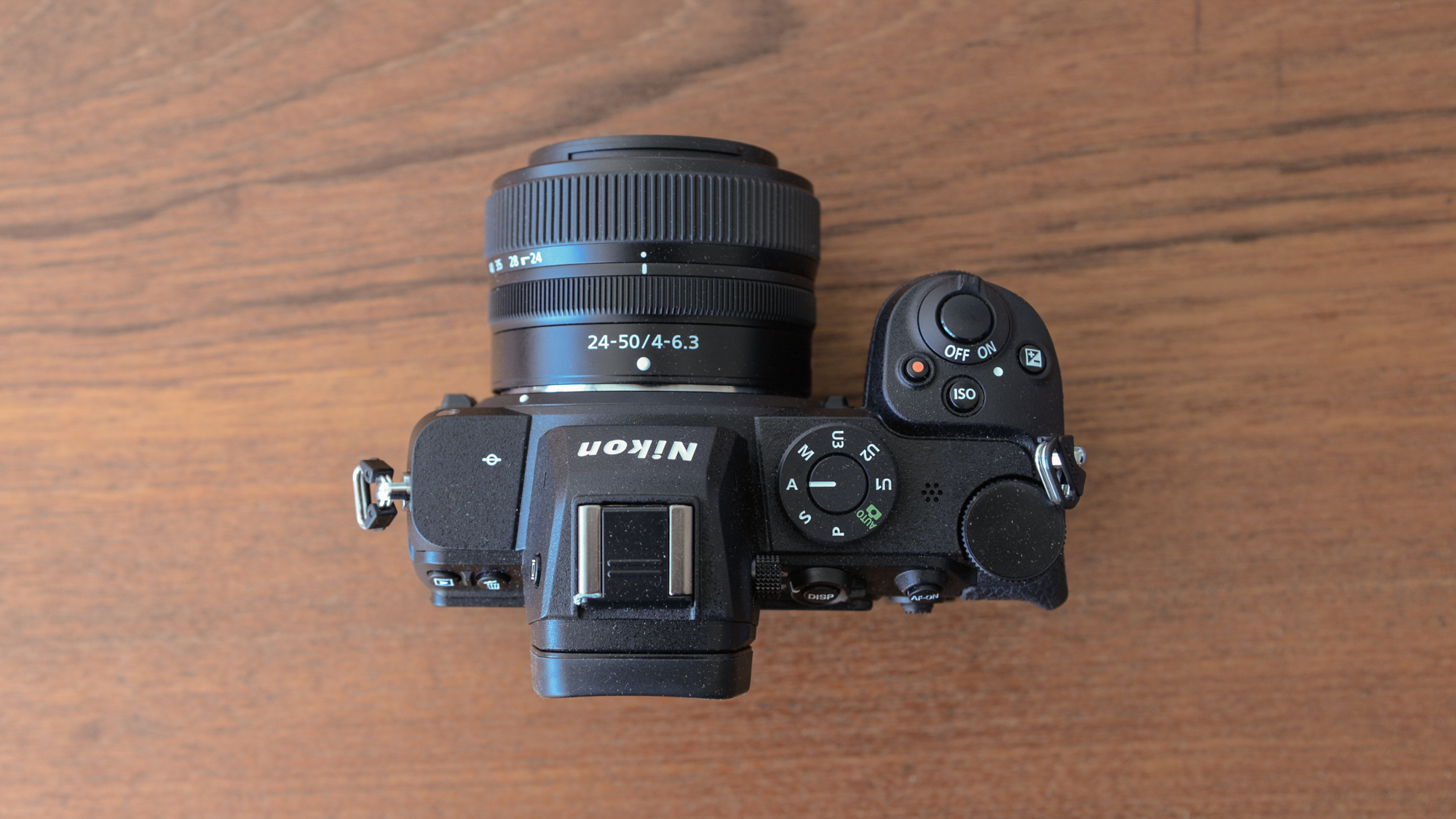
On the top of the camera, the main dial switches between manual, aperture priority, shutter priority, programmed auto, full auto and three storable user settings (U1, U2, U3). The dials for aperture and shutter time adjustment are in their familiar Nikon positions. Alongside the dials you find the power switch and shutter button combination, the video record button (which can be assigned to something else while in photography mode), and the ISO and exposure control buttons. On the right-hand side of the EVF is the diopter control dial which can be adjusted by pulling it out.
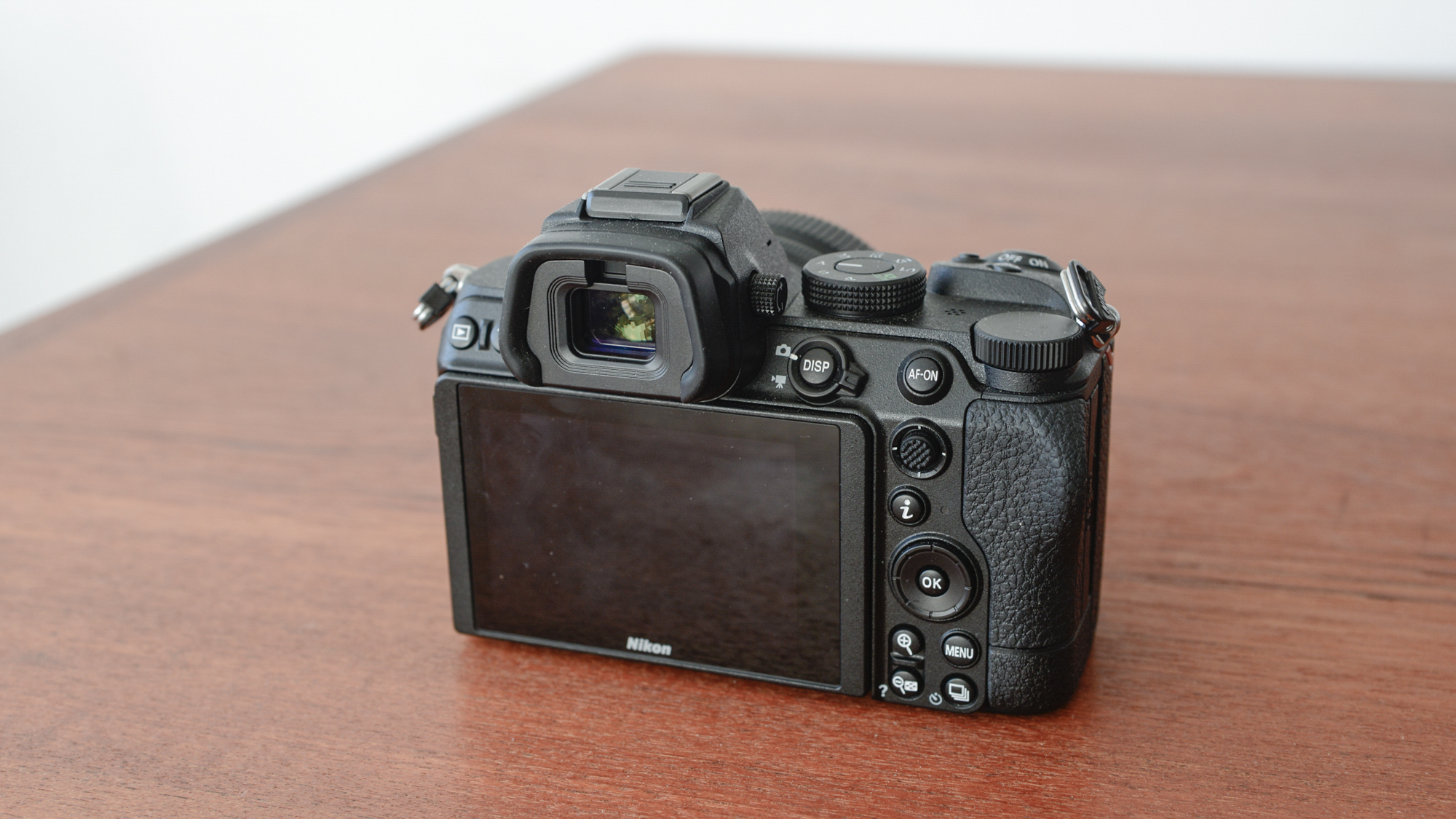
On the rear of the device is the video/photo mode switch and DISP combination, which cycles through the LCD options. Alongside that is the AF-ON button, which Nikon users who shoot pinch style will appreciate. I also find it helpful to program this button for exposure lock, especially in high contrast situations.
Below these buttons, you have the sub-selector stick, which you can use to move the autofocus point, and the information button, which will give you a full readout of settings on the LCD. Then there is the multi-selector and OK button you can use to navigate the menu if you aren’t into using the touchscreen. Finally, at the bottom are four buttons for zooming in and out, opening the menu, and setting the self-timer.
Nikon Z5 image and video quality
The Z5 delivers images in either Nikon’s raw image format, .NEF, or in three different JPEG qualities: fine, normal and basic. The compression ratios of these JPEG qualities are 1:4, 1:8, and 1:16 respectively. The camera can also be set to record images in both RAW and JPEG formats simultaneously, which can be helpful when needing to edit on the fly by avoiding sifting through large, high-resolution raw images. I chose to shoot in fine JPEG format to test how the camera’s built-in image compression displayed at its best.

Outdoors on an overcast day in Connecticut, the different colors of these beading kits were distinctly visible. On brighter days, the spectral response of the full-frame CMOS sensor becomes more apparent in the pink of these blossoms against the fresh green of Spring and in the subtle burnt orange of a sunset reflected in the windows of the red brick wharf in Red Hook, Brooklyn.


In terms of contrast, the Z5’s JPEGs show distinct character that Nikon’s photos often display, where the contrast feels gently pushed with a slight desaturation. In the image of this dinosaur, the harder contrast lends itself to the detail of the metalwork edges, which are sharp against the shadows cast by the direct sunlight. In the image of the salvaged car, you can see how the edge detail remains precise under a more diffuse light.

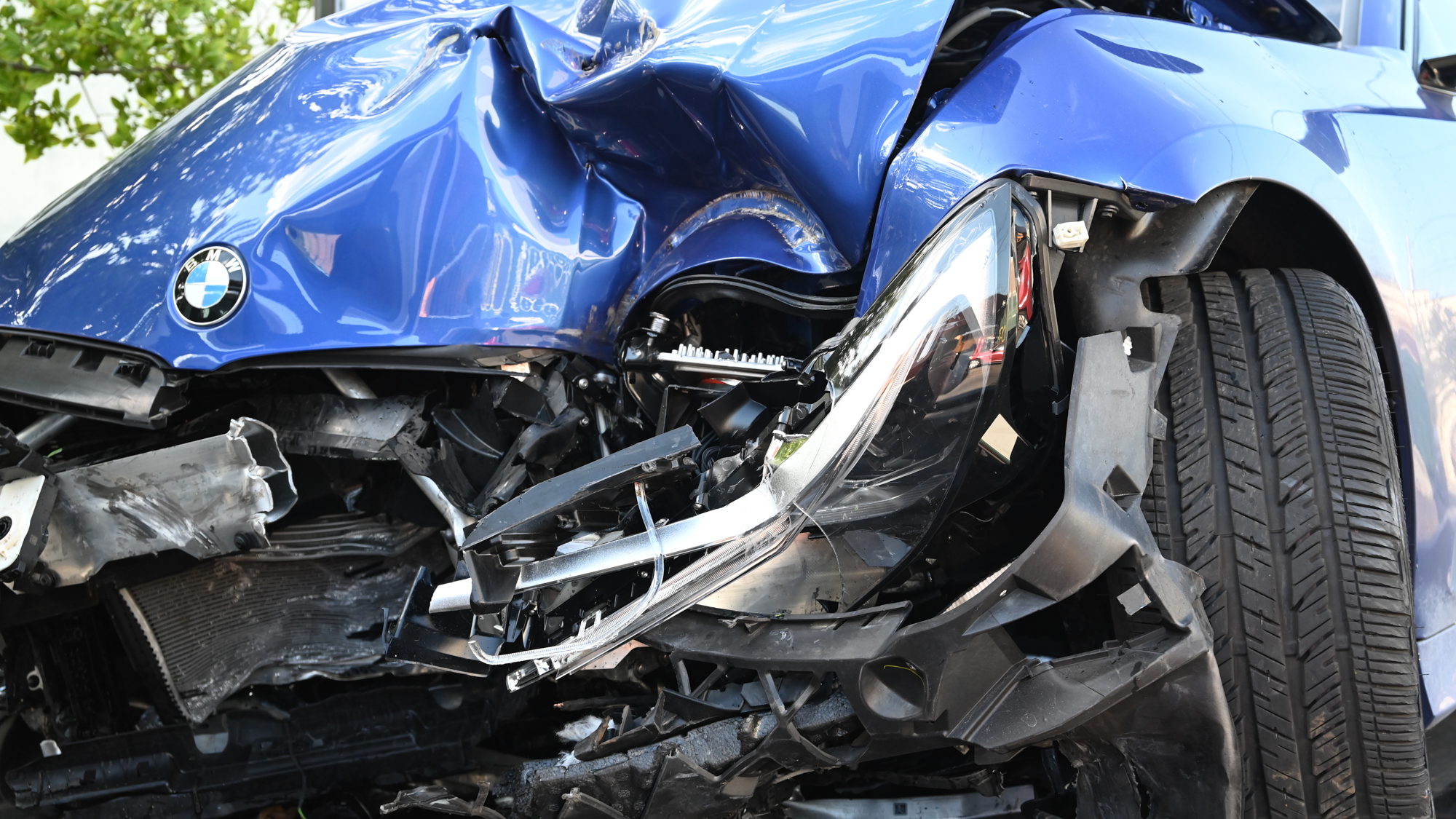
To test the in-body image stabilization I shot this image of downtown Manhattan handheld. The Z5 reduces shake by up to five stops, and I was able to capture a steady rendition at full ISO with the kit-lens as wide as possible.
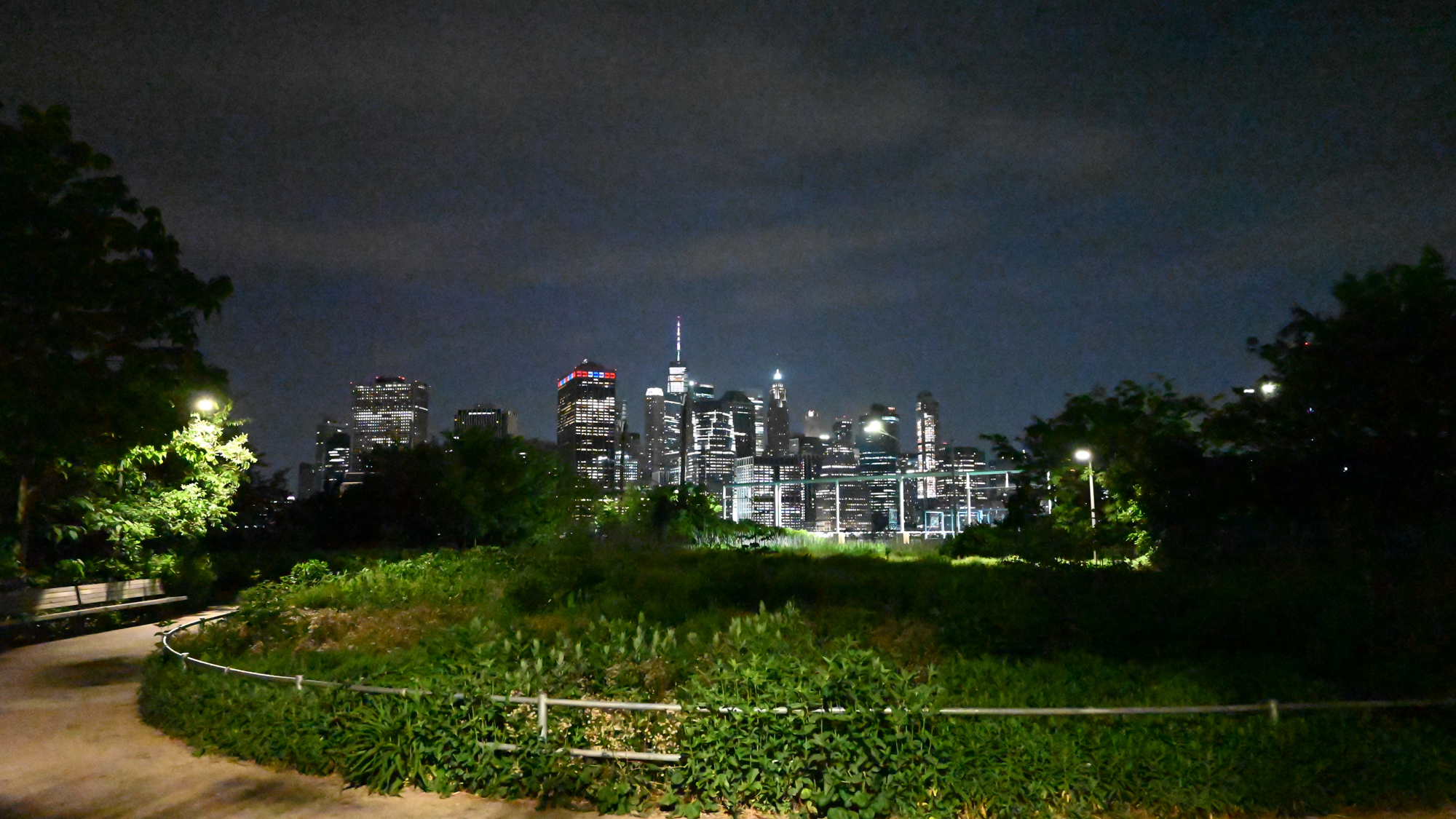
To evaluate the ISO noise better, I shot some images of Mimi, my red piggy bank dog. I was impressed to see how, at 18,000 ISO, the image was considerably smoother than I expected, with only a little blurring. The noise is much more apparent in the shadows at 51,200 ISO.
Although the burst rate is only 4.5 seconds, I found that the camera proved capable of fast shooting.





Again, this camera won’t excel at shooting equestrian sports, but it does have its strengths.
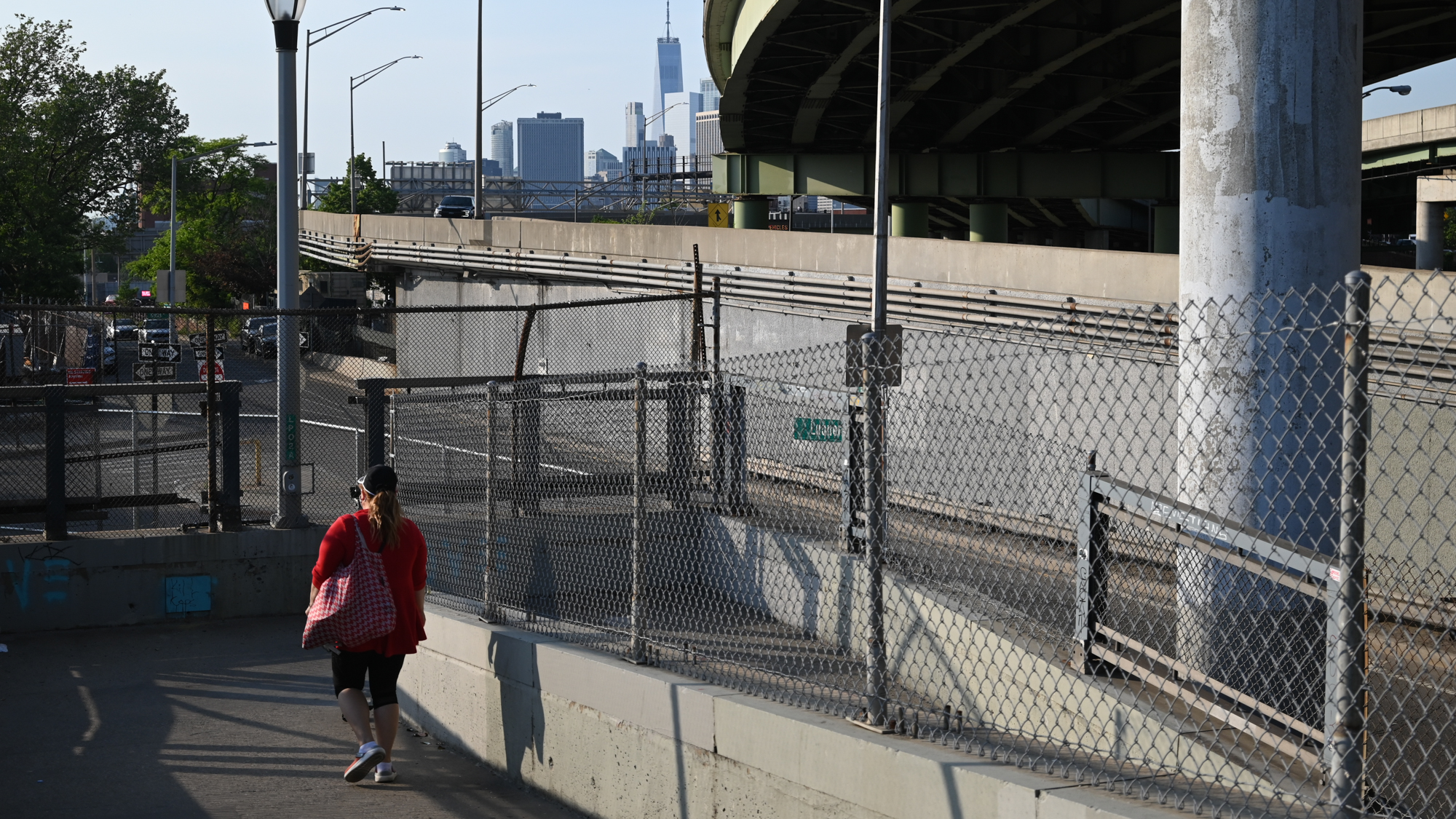
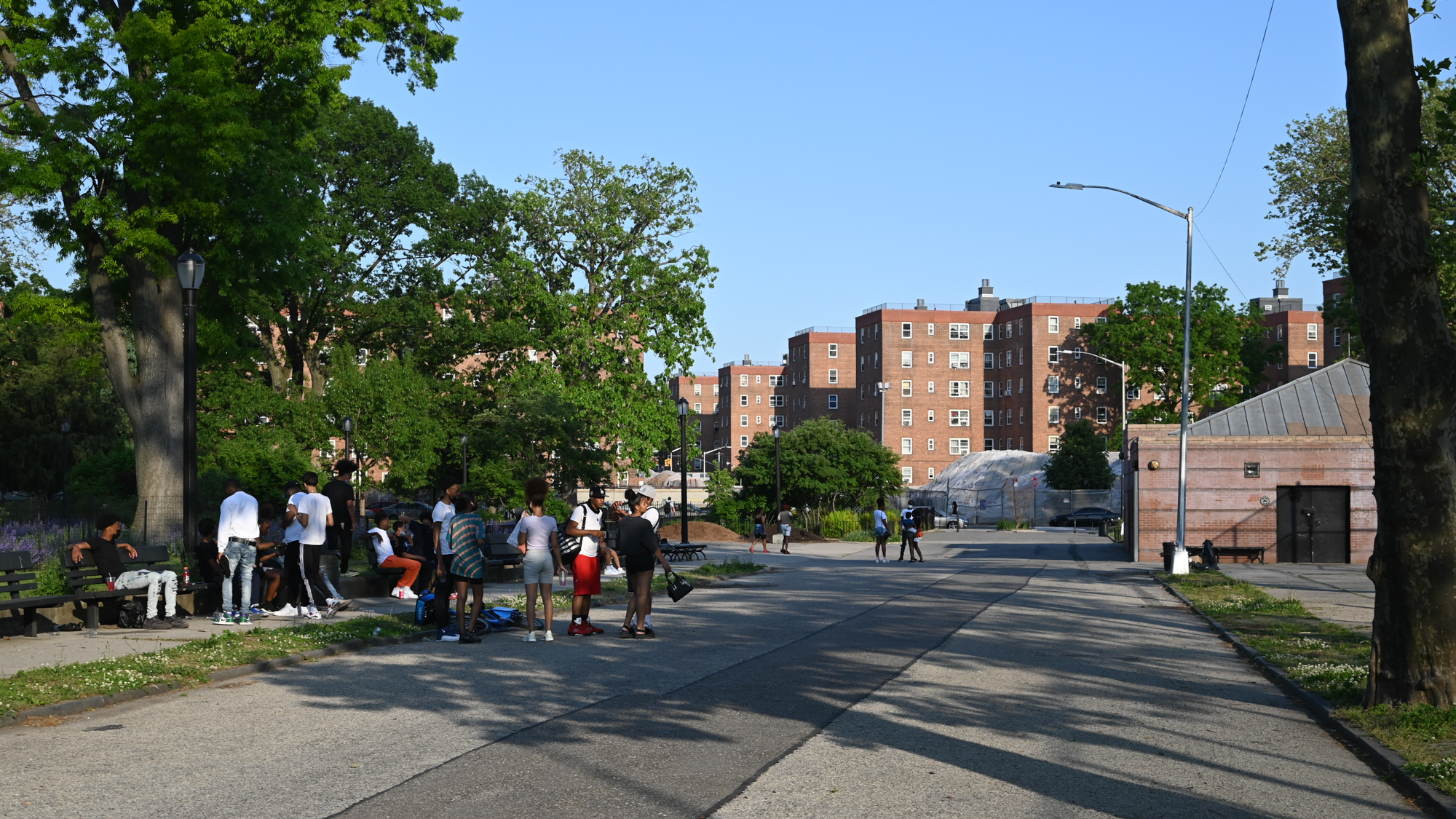
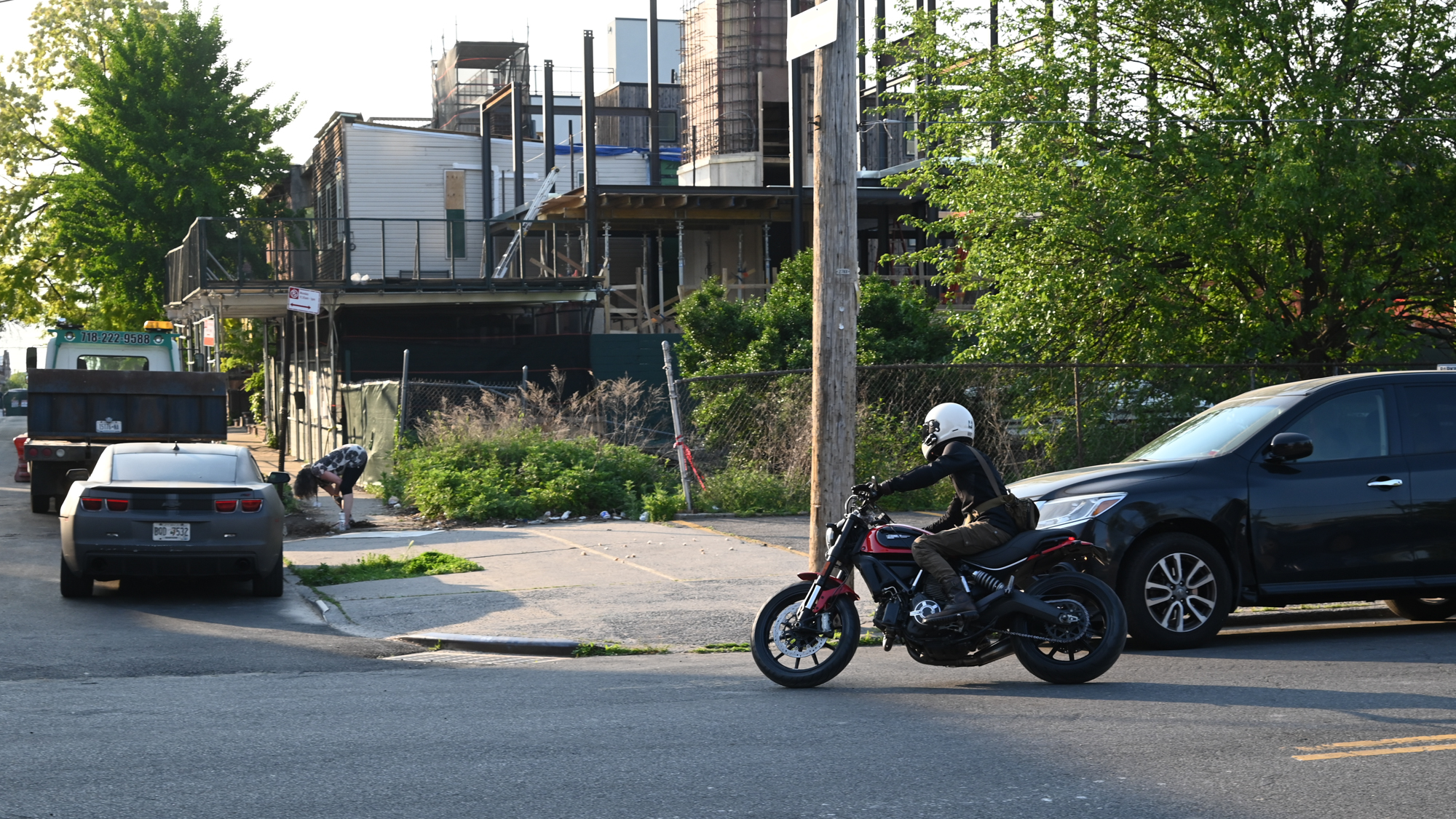
I didn’t delve deep into the camera’s video ability. However, I was curious to see the difference between its 4K and HD rendering. As with the Canon EOS RP, the Z5 4K footage comes in at a 1.7x crop. I shot some footage of the rain in Dumbo, Brooklyn, to get an idea of what this looks like.
In the HD example, you can see the foreground of the square, but in 4K, the image is cropped to show only the base of the Manhattan Bridge and the nearby building. Another notable observation I made when filming was that using the EVF in video mode is essentially impossible. In stills mode, there is a little blur when the camera moves while in video mode, the EVF lags at an unusable rate. I am confused why Nikon even decided to leave the EVF powered on when in video mode… I must be missing something.
Nikon Z5 performance
When it was at my eye in stills mode, the Z5 operated in pretty much the same way as an SLR. There was a learning curve with the EVF; I had to close my eye when moving the camera in fast situations to avoid seeing a blur. I like to shoot run-and-gun with my DSLR at my eye, and despite the EVF’s 3,686,400 dot display, there is no alternative to direct light when it comes to clarity and precision in the viewfinder. However, once I accepted the limitations of the EVF, and made some adjustments (patience/timing) to my shooting style, the strengths of the camera as a street-wise daily began to shine.
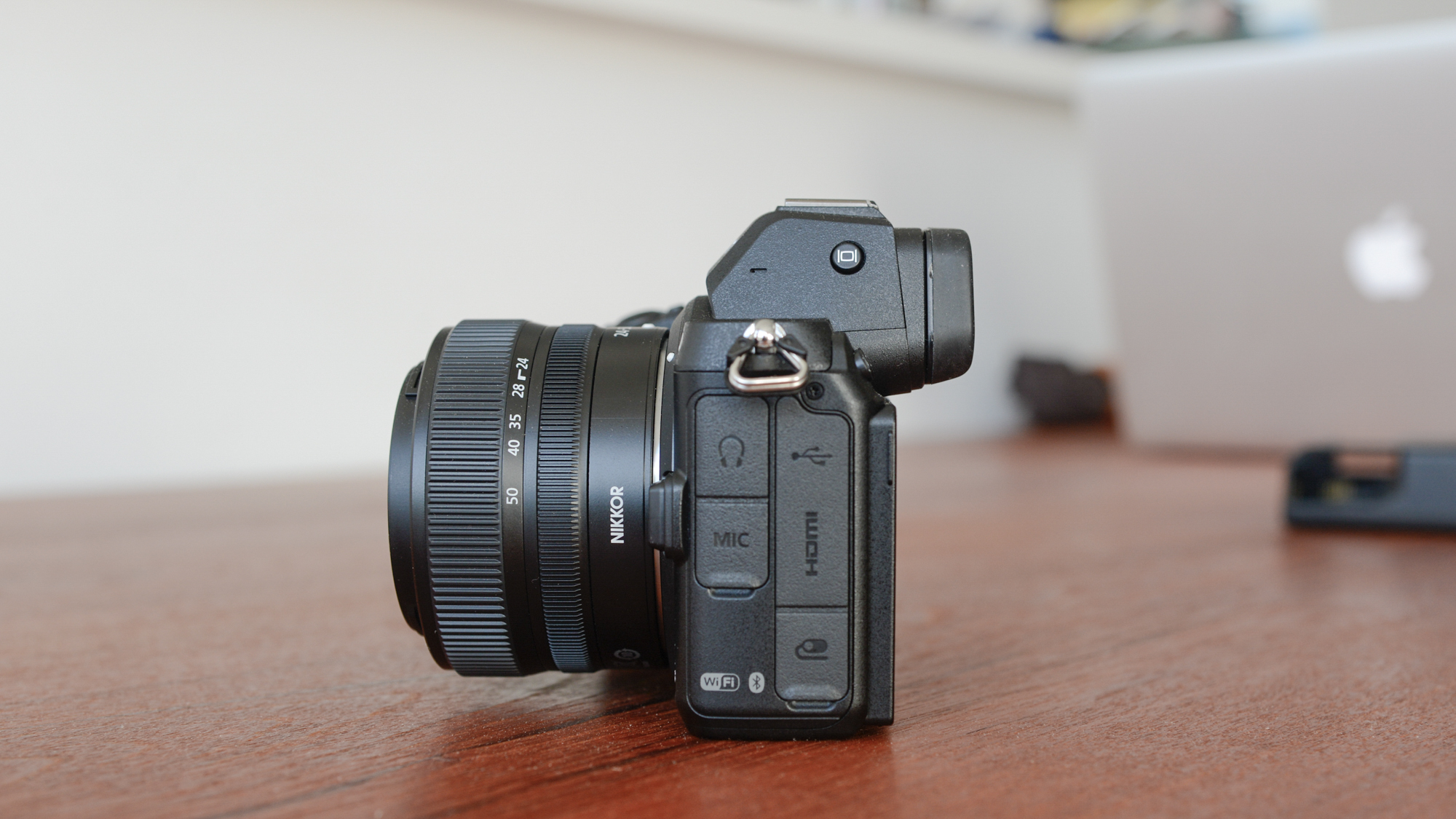
The function button on the left-hand side of the EVF facilitates different EVF and LCD options in a way I found to be quite intuitive and fluid. You can prioritize the EVF, set the camera to EVF or LCD only, or let the camera use its sensors to judge whether it’s at your face or not. This last option takes a little getting used to, especially if you put the camera to your eye too quickly — there is a delay of a half-second or so as the EVF comes online. I found this last option infuriating as it would detach me from the situation and cause me to miss the shot as I waited for the camera to catch up.
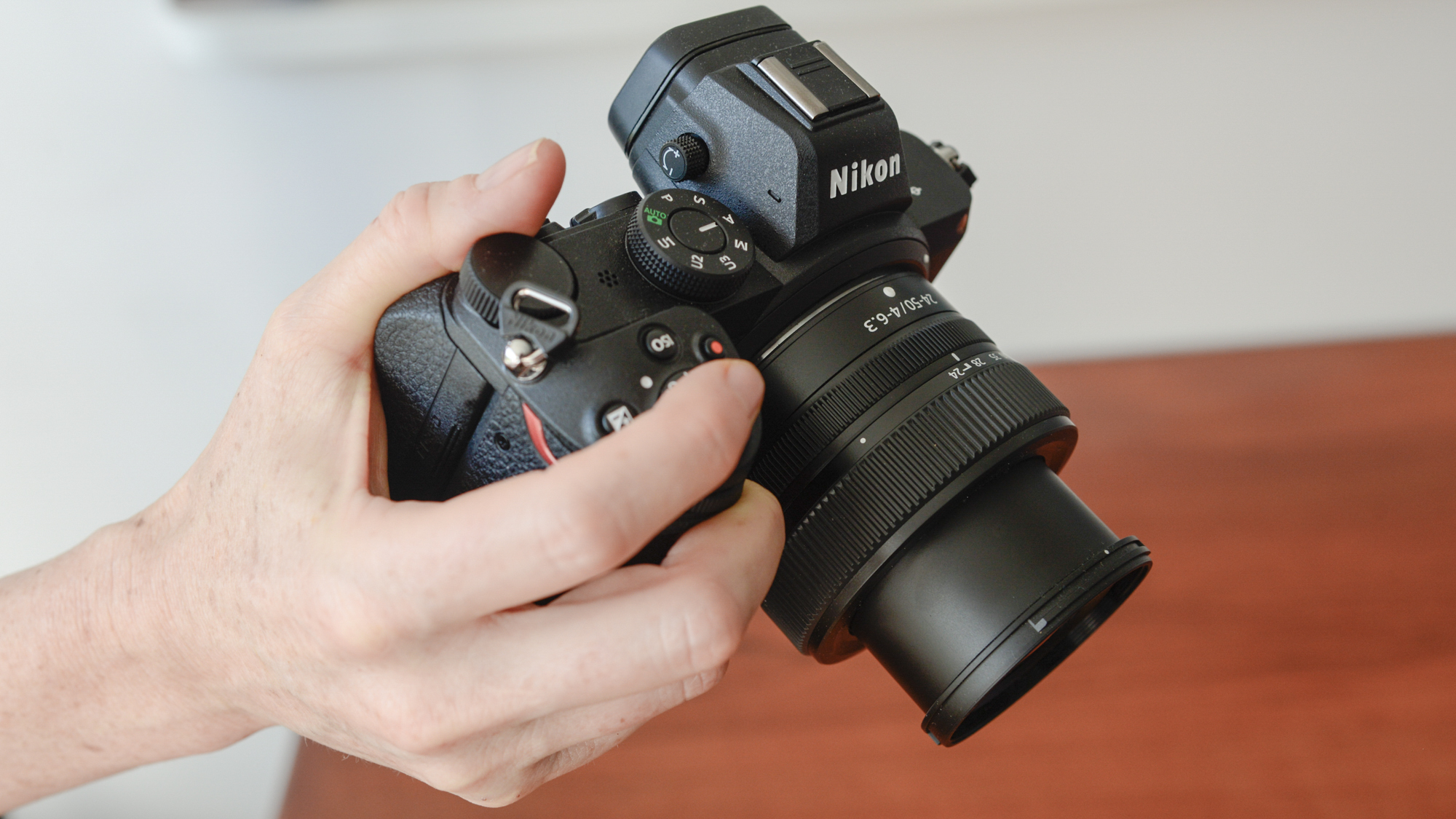
For faster reaction times, I switched the camera between EVF or LCD only. The partially articulating 1,040,000 dot LCD feels sturdy and reliable, but it does only tilt upwards and downwards. Unfortunately, there is no swivel. I found it helpful for low and high-angle shooting, but you won’t be shooting around corners with this camera (unless you hold it vertically). The screen’s brightness was sufficient in all but the brightest light.
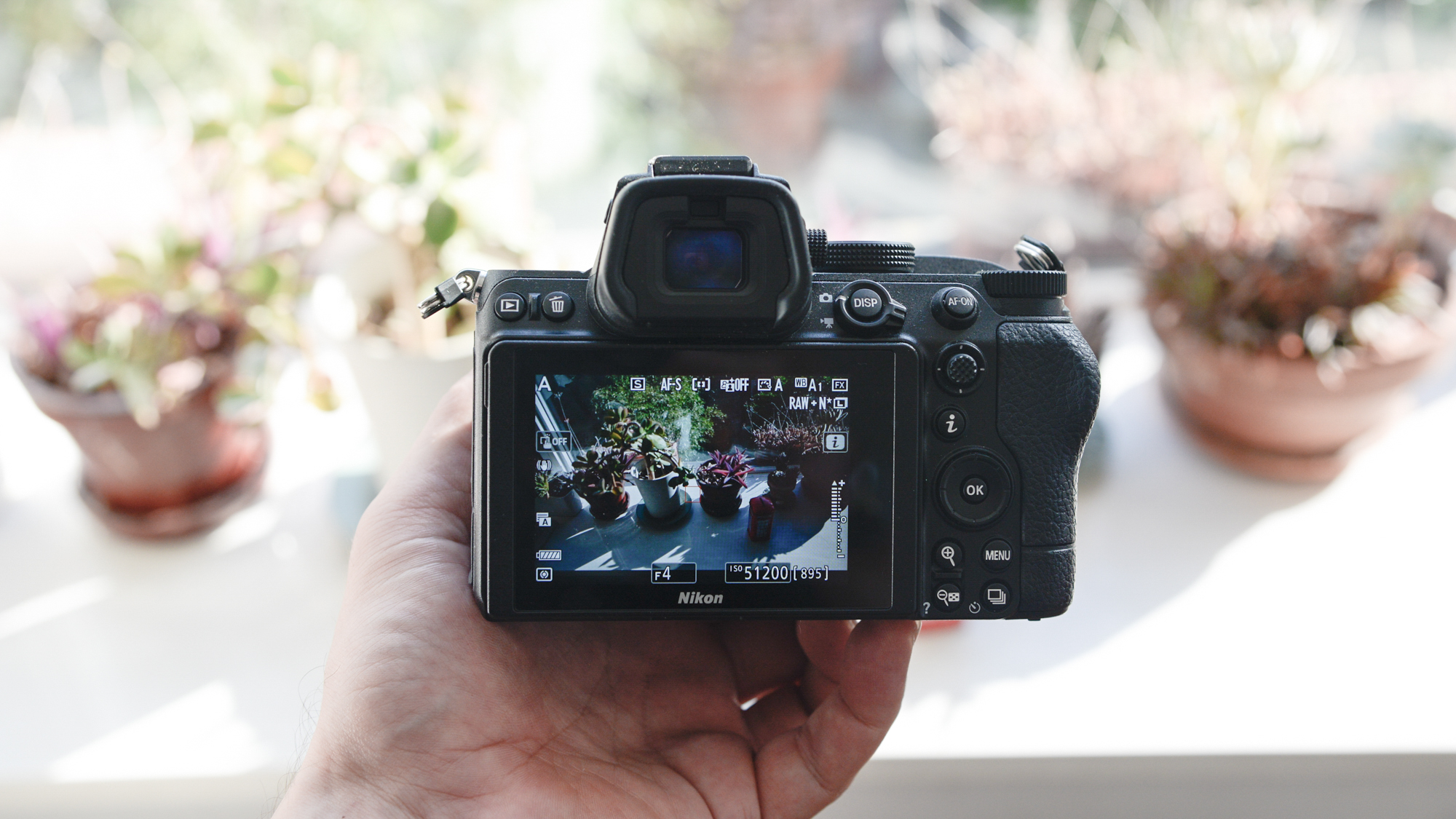
The display button lets you cycle through different settings, which can be adjusted directly on the touchscreen. I appreciated how this offered a single location for many adjustments as opposed to working with button/dial configurations, or sifting through the typically extensive and customisable Nikon menu.
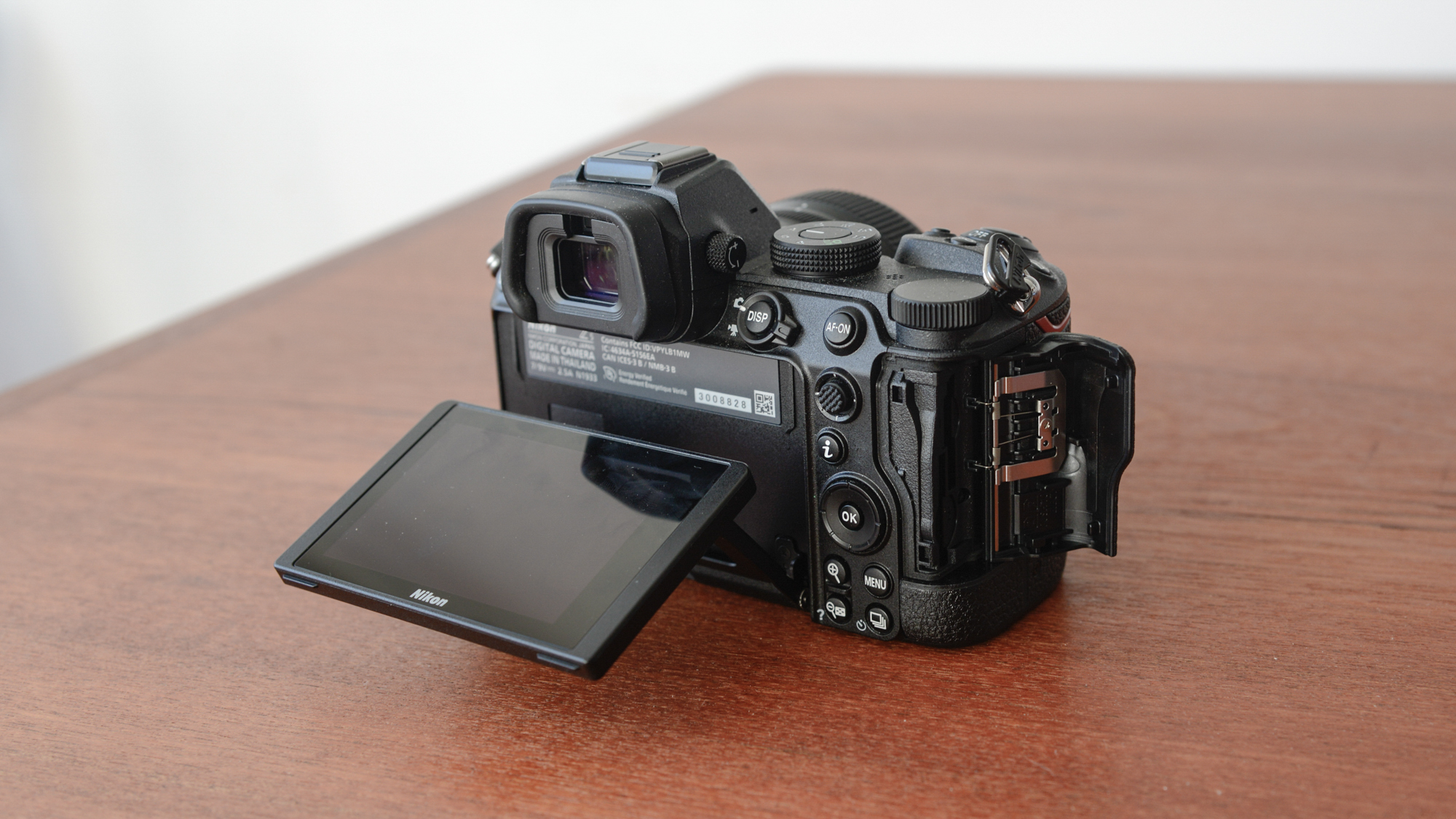
The LCD is also the only place you can see the camera’s settings. As I mentioned, compared to the other cameras in the Z series, and to Nikon’s DSLR offerings, the Z5 does not have a top display meaning it can be operated easily with one hand. The more I played with it the more I felt like it was directing me toward candid street style shots. I switched to silent mode and shot from the hip with some pleasing results.
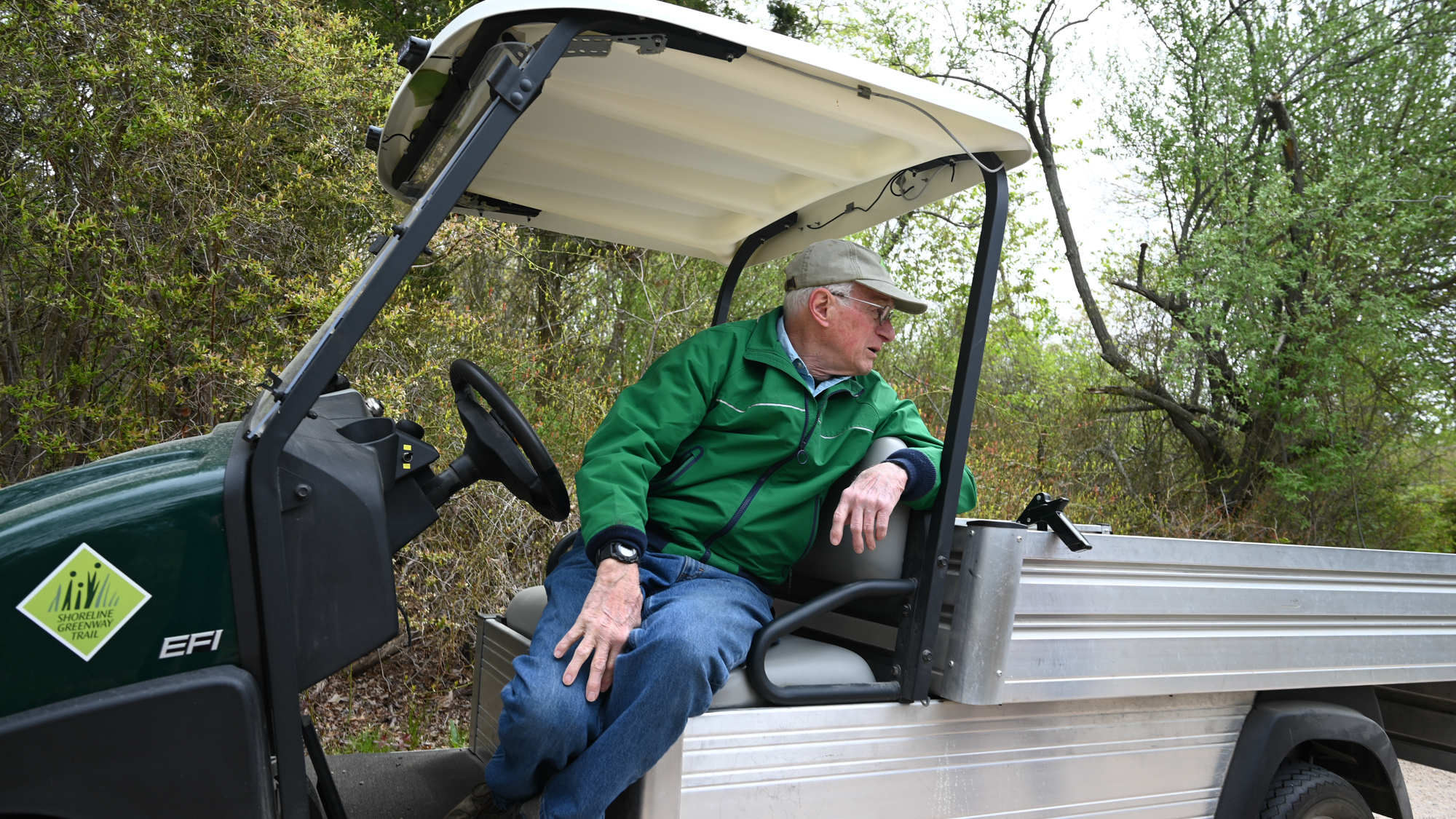
Silent mode on a DSLR is a method of physically muting the sound of the mirror mechanism. On a mirrorless camera, silent mode is completely silent as there is no mechanism. When the camera was in silent mode, my subjects rarely knew I was photographing them. I can’t help but wonder if it is just the power of history that compels Nikon to play an audio sample of a shutter sound with taptic during ‘non-silent’ operation. Yet... I found myself leaving the sound and taptic on most of the time just for habitual satisfaction.

The Z5 feels like more of a stealthy stills camera and less of a run-and-gun 4K video platform. The low burst rate of 4.5 FPS compared to the Z6’s 12 FPS would confirm that this may be Nikon’s intention. Likewise, the battery life of the EN-EL15c pack is weighted in favor of stills at 470 shots compared to the Z6’s 380 shots, or the Canon EOS RP’s comparatively meager 250 shots.

When you compare the Z5 with the 2260 shots of the Nikon D780 DSLR, which is 6 months older and uses the previous EN-EL15b battery pack, you get an idea of the amount of power the extra electronics in the mirrorless system consumes. If you are looking to shoot for long periods or in many bursts then the Z5 is not your sweetheart. But if you are looking to ninja delicate situations and document candid events in high resolution in near invisibility then consider this the right tool.
Nikon Z5 connectivity
In terms of connectivity Nikon offers the familiar array of ports: headphone and mic mini-jacks, HDMI, and accessory terminal.
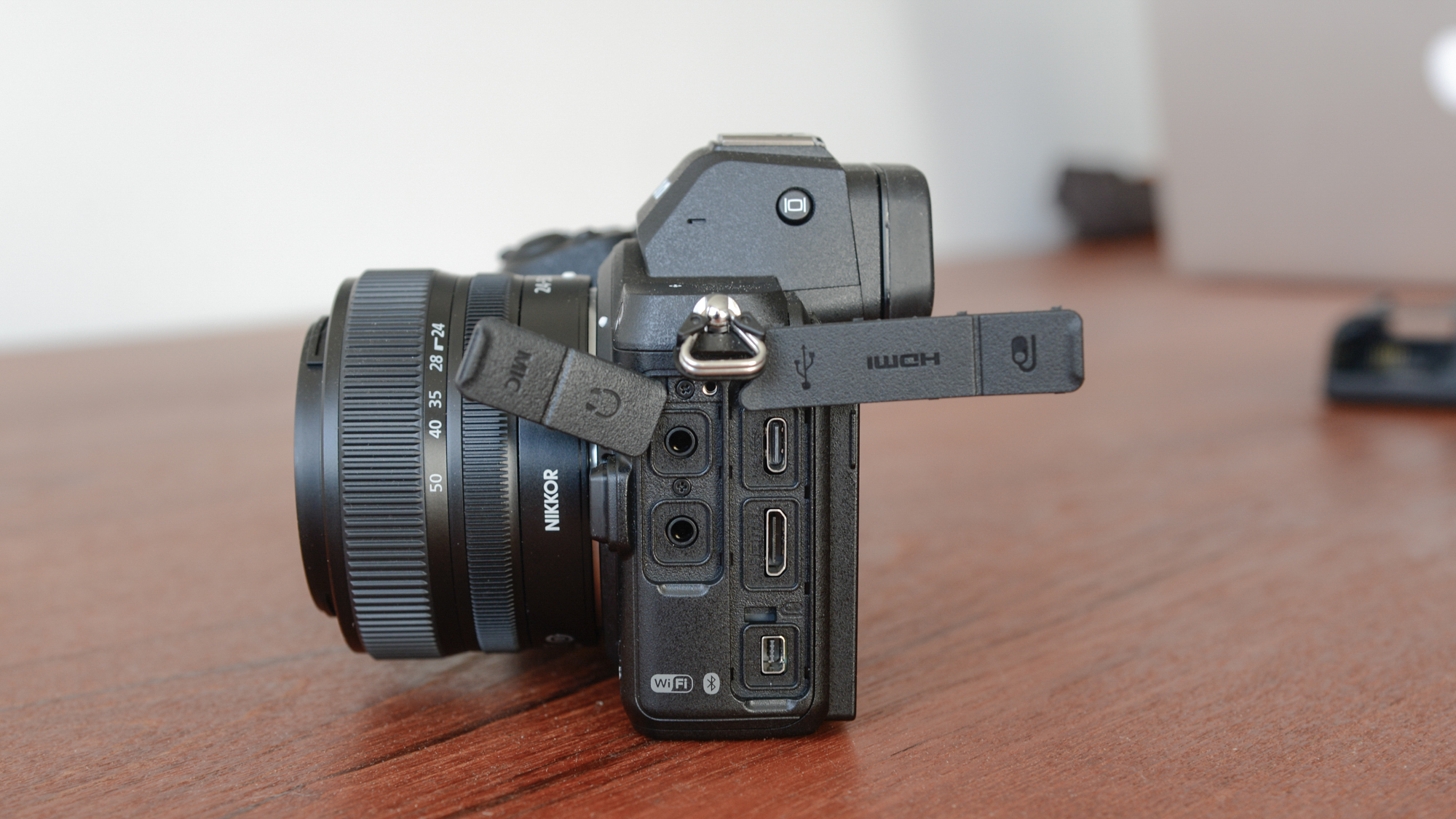
There is also a USB port that facilitates charging and interfacing with your computer. In this respect, the camera is as well-equipped to handle video-rig and cable-tethered situations as its bigger stablemates.

There are also Wi-Fi and Bluetooth options for connectivity with a handful of apps from Nikon available in the App Store and on Google Play. I tested SnapBridge which automatically transfers your pictures to your smartphone via Bluetooth or WiFi; and Nikon’s Wireless Mobile Utility, which creates a WiFi hotspot. Both enable your device to act as a remote, or as a review screen; and both give you the ability to share what you shoot immediately via email or to social media.
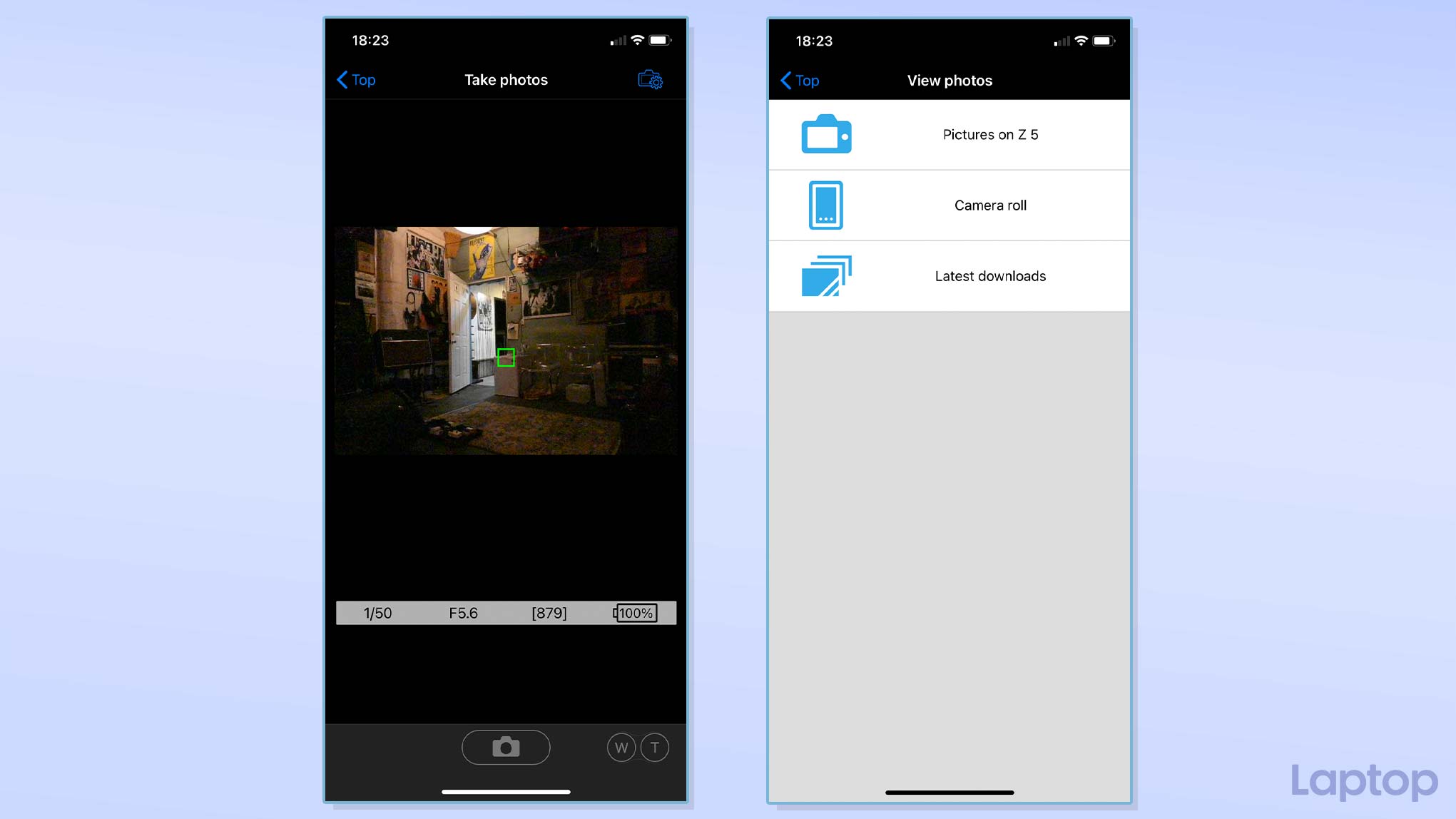
I installed and connected both easily. It is a quick solution to show a client what you are doing in real time, or to set up remote photography in a pressure situation. Just be sure to set the camera to Airplane mode if you fly!
Bottom line
The Nikon Z5 is a digital stills camera with enough entry-level video capabilities to make it work in a pinch. For folks just entering into the professional photo realm, the Z5 makes for an ideal mirrorless starter setup that is more than capable for portrait and documentary photography and videography. I wouldn’t want to attempt fast-moving situations, like sports, but the Z5 might be a better choice than the Z6 or Z7 for candid street-style photography.
So is the Nikon Z5 worth buying? Should I switch to a Z system and limit my options for lenses or move to a Canon EOS system which has many excellent and affordable lens options that have been adopted by different brands?
In this instance, using the FTZ adapter increases the overall size of the camera, which detracts from one of its core strengths in a street setting. I feel the FTZ is only going to make sense for those who have a large Nikon lens collection and are making the switch to higher-end mirrorless systems (Z7II, Z9) in more specialized situations.
If you are a professional looking for a high-quality mirrorless camera that you can use daily — this is a very compelling choice. If you are looking to step up your photography to a professional-grade system without spending a fortune, the Z5 will get you going with more than enough capacity, and you can still turn to it as a reliable backup camera in the future when you upgrade to your dream DSLR.
Nikon Z5 Specs
| Display | 3.2-inch tilting touchscreen LCD |
| Shooting Speed | Up to 4.5 fps at 24.3 MP |
| Max video resolution | UHD 4K (3840 x 2160) at 23.976p/25p/29.97p (with 1.7x crop), Full HD (1920 x 1080) at 23.976p/25p/29.97p/50p/59.94p (no crop) |
| Connectivity | 3.5mm Headphone, 3.5mm Microphone, HDMI C (Mini), USB Type-C (USB 3.1), Bluetooth, Wi-Fi |
| Weight | 1.3 lb / 590 g (body only) |
| Image Stabilization | Sensor-Shift, 5-Axis |
| Battery life (CIPA) | Approx. 470 shots |
| Native ISO | 100 to 51200 |
| Size (body) | 5.28 x 3.96 x 2.74" / 134 x 100.5 x 69.5 mm |
| Storage Media | Dual slot SD/SDHC/SDXC (UHS-II) |
| Image Sensor | 24.3MP FX-Format CMOS |
Peter (PJ) Norman has worked in the photography, film, and music fields since graduating with a Music Science degree in London in 2000. He moved to New York in 2009 to be a freelance producer and creative and has been based in the city ever since. His film work has been accepted to multiple International film festivals including Sundance and Locarno, and his passion for music has led to contributions on more than 10 full-length albums. Peter will occasionally test and write about things that inspire him for Laptop Mag when he isn't helping on the multimedia side of things. He is happiest when lost in the play of light and sound with his Nikon FM2 and a roll of black-and-white film.
